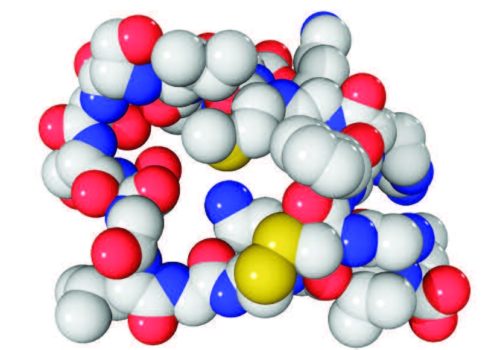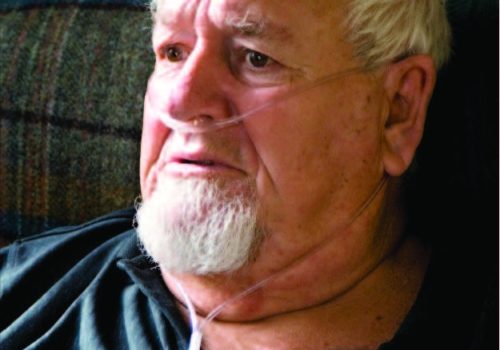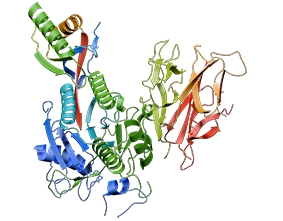This article gives an overview of sacubitril/valsartan (Entresto), a first-in-class angiotensin receptor-neprilysin inhibitor comprising valsartan, an angiotensin II receptor blocker and the neprilysin inhibitor sacubitril. The drug has been approved for the treatment of symptomatic (NYHA class (II-IV) chronic heart failure and reduced ejection fraction (HF-REF) in adults.
The pathophysiology of heart failure
The mechanisms underlying HF are complex and involve the interaction of many hormonal and molecular signalling pathways. These pathways form the basis of many pharmacological treatments, old and new. This article will examine the factors associated with the development of HF, the pathophysiology behind it and the neurohormonal pathways involved in established HF.
Heart failure in the UK: We can do better
The UK faces an epidemic of heart failure (HF). NICE guidelines emphasise the importance of multidisciplinary assessment and care by HF specialists, evidence-based prescribing, and careful discharge planning after hospitalisation. This article highlights areas where improvements can be made in the management of HF including taking lessons from the latest National Heart Failure Audit.
New international survey highlights education needs in cholesterol management
The European Atherosclerosis Society has conducted a survey to assess the general public’s understanding of cholesterol. Professor Mike Kirby summarizes the survey findings and highlights the importance of a clear and constant focus on the JBS3 2014 consensus recommendations.
PCSK9 inhibition in lipid management
Two injectable antibody-based therapies inhibiting the activity of PCSK9 – alirocumab and evolucumab – have recently been licensed. This paper reviews the current status of lipid management, the actions of PCSK9, and the clinical trial results achieved with PCSK9 inhibitors in early studies.
Promoting best practice in COPD management
Chronic Obstructive Pulmonary Disease (COPD) has a major impact on the health and quality of life of patients and there is often co-morbidity with cardiovascular disease. Well planned and structured training for the primary care team could have a major impact on outcomes.
Seasonal variation of HbA1c in diabetes
The time of year is one of a number of factors shown to affect HbA1c levels. This study investigated seasonal variations in HbA1c in a large population of people with diabetes in Scotland. These variations appear to have clinical significance in terms of making medication decisions and other aspects of clinical care.
The ‘Year of Care’ in Leeds: Implications for our practice
The ‘Year of Care’ is a systematic approach to managing long-term conditions, focused on personalised care planning where patients work with the clinician to agree goals, identify support needs, develop and implement action plans, and monitor progress. This article reports the learning from implementing ‘Year of Care’ in primary care practices in Leeds.
The five key jobs for general practice after a myocardial infarction
The updated NICE guideline on post-myocardial infarction care (CG 172) provides a benchmark for primary care. In this article, Ivan Benett and Jennifer Yung highlight the five key tasks for general practice in caring for someone who has suffered a heart attack.
AF a stronger CV risk factor for women
PCCJ Editor-in-Chief Mike Kirby reviews a recent large observational study in the BMJ which concludes that women with atrial fibrillation are at a higher risk of cardiovascular disease and death than men.
Effect of obsessive-compulsive disorder (OCD) on sexual function and marital satisfaction
Current international literature suggests a high prevalence of sexual dysfunction in female patients with obsessive-compulsive disorder (OCD) and the present study was undertaken to assess the association between sexual dysfunction and marital dissatisfaction in a group of married Iranian women with OCD.
Gender and quality of life in COPD: A systematic review
Morbidity and mortality for women with COPD is increasing. This systematic review uncovers how women seem to experience COPD differently to men, and helps health care professionals to provide an individualised approach to caring for these patients.

































